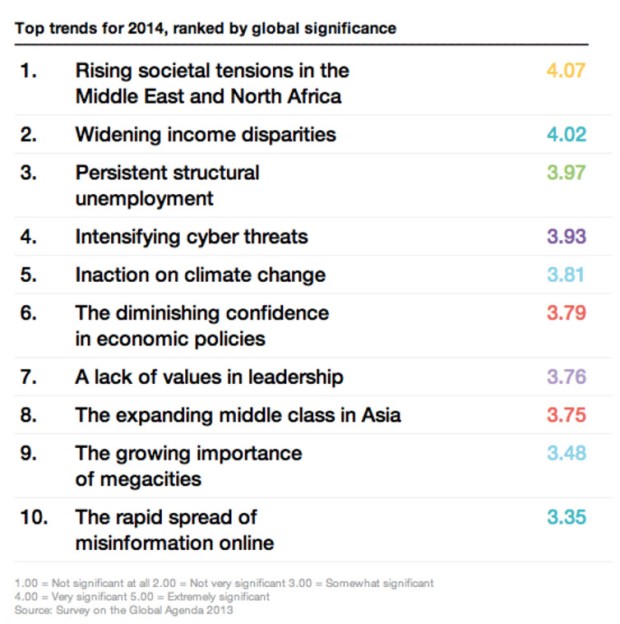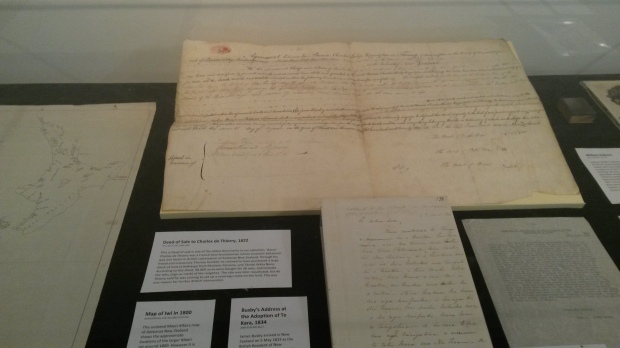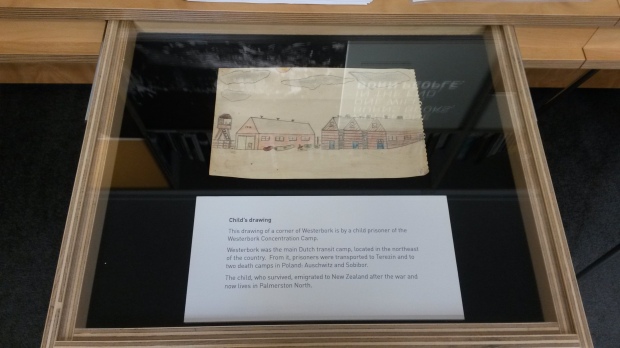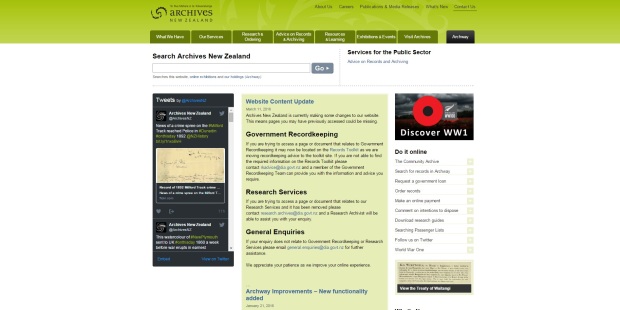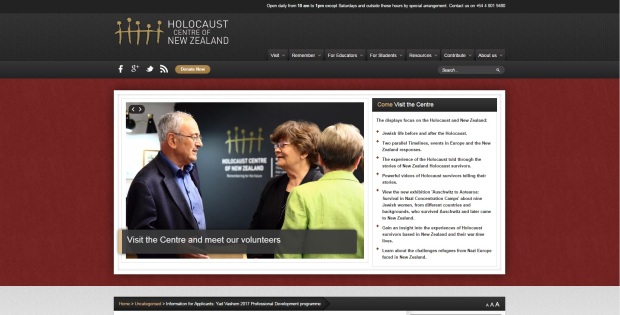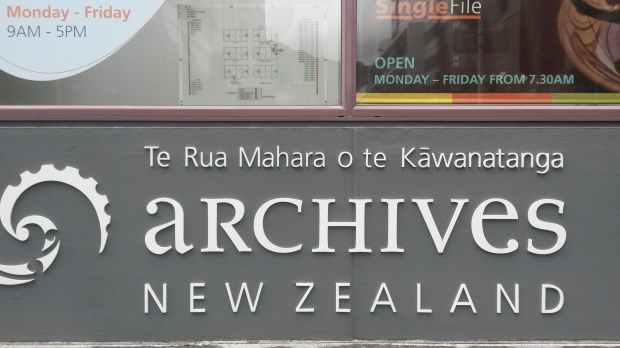When researching a visual text such as a painting, film, etc, it is always important to clarify its context and background information. We simply cannot rely on what we already know or think we know; more research on the background and context must always be done to think critically about the author’s message. However in a world where networking is global, it results in a surplus of false information; how do we think critically about visual texts while still keeping to the facts?
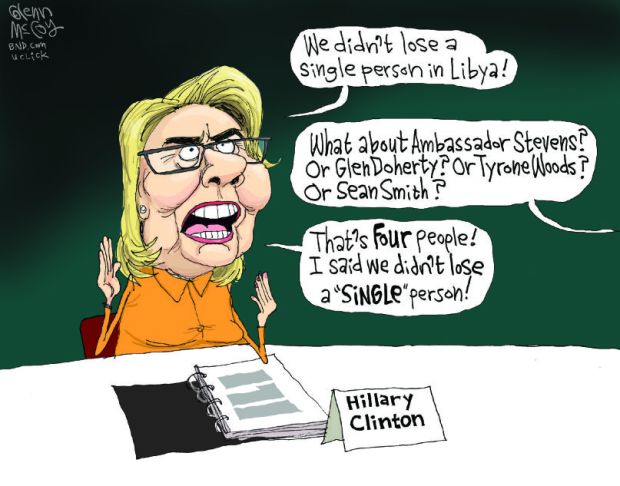 McCoy, Glenn. A Political Cartoon about Hilary Clinton. Digital image. The Week. 2016. Web. 22 Mar. 2016.
McCoy, Glenn. A Political Cartoon about Hilary Clinton. Digital image. The Week. 2016. Web. 22 Mar. 2016.
Mirzeoff had stated that seeing the world is “not about how we see it but what we make of what we see.” (Mirzoeff. 73) In other words, we put together information we have gathered from life experiences and past research to create a sense of understanding of our world. But how does this work in terms of research and contextualizing? What we already know or think we know is not enough to think critically about visual texts. For example; we understand current trends such as viral videos or political cartoons because they are current. Years later, they will be dated, and then eventually, incomprehensible. We need to research and fill in the background with conclusive, valid information rather than what we think we already know, to create an “awareness of the context in which these were designed, produced, used and understood, contribute to a fuller understanding and appreciation…” (Clarke. 24 – 25.) Looking at visual texts and their context with information we already know (without research) is never enough; there is always going to be context we do not understand, background information we need to fill in the gaps for. In an art and design practice; furthering our understanding is important in researching and contextualizing visual texts.

Top Trends for 2014, Ranked by Global Significance. Digital image. The Conversation. Web. 22 Mar. 2016.
While we do research and contextualize visual text, the internet is the common go to for knowledge. However there is a surplus of false information out there in the net; this will hinder our own research and thinking critically about visual texts. According to The Conversation, News outlets of today often cannot compete with the spread of information by social media; be it Twitter, Reddit, Facebook, etc. This more than often results in high-profile mistakes when news outlets use information (or rather, misinformation) from social media. An example of a high profile mistake was during the Boston Marathon Bombing’s anniversary, 22-year-old Sunil Tripathi was accused of being a suspect by Reddit’s community. This led to the New York Post to publish his face and name on the front page; Tripathi had nothing to do with the bombings. When the spread of misformation is so vast and almost all-compassing, how can we research and contextualize visual texts? While we research, we need to confirm and validate information we gain from the internet before we use it in any way in our art and design practices. Without verified information and context, we risk the mistake of either spreading misinformation ourselves or misunderstanding the visual texts contexts.
In conclusion; in order to clarify the procedure of closely examining and thinking critically about visual text and information for art and design practices we need to gather verified and correct information to broaden our understanding of how we see our world, rather than relying on what we already know. This contributes to our fuller understanding and appreciation of visual texts, their contexts, and author’s message. In saying this, while we research background information to fill in the gaps, especially using the internet, we always need to verify our facts and information and be cautious of misinformation. This could result in misunderstanding the visual texts and their context we want to think critically about if not careful about the information we gather.
Resources:
Clarke, Michael “Language and Meaning”. Verbalising the Visual: Translating Art and Design into Words. Lausanne, Switzerland: AVA Publishing, 2007. Print
Mirzoeff, Nicholas. chapter 2: ”How We Think About Seeing”. How to See the World. London; Pelican, 2015. Print. 73
Vis, Farida. “Hard Evidence: How Does False Information Spread Online?” The Conversation. 06 Apr. 2014. Web. 20 Mar. 2016.
Shontell, Alyson. “What It’s Like When Reddit Wrongly Accuses Your Loved One Of Murder.” Business Insider. Business Insider, Inc, 26 July 2013. Web. 22 Mar. 2016.
